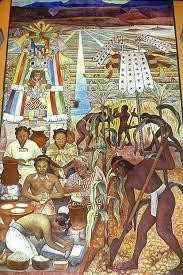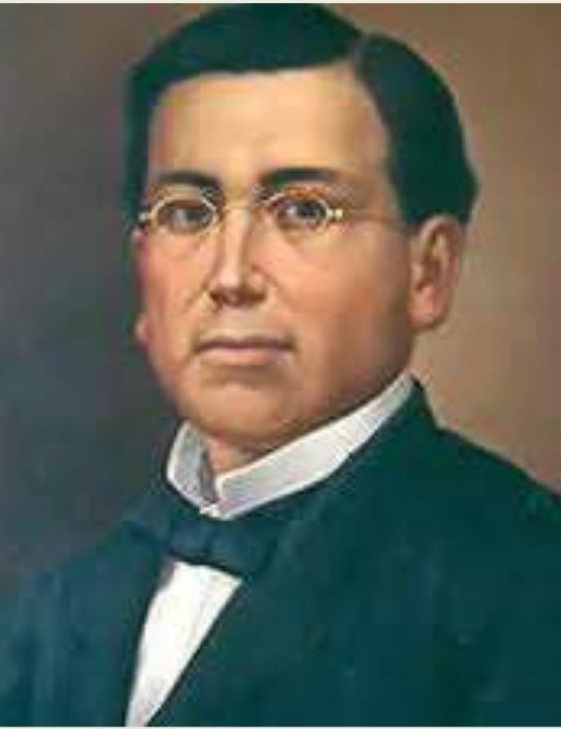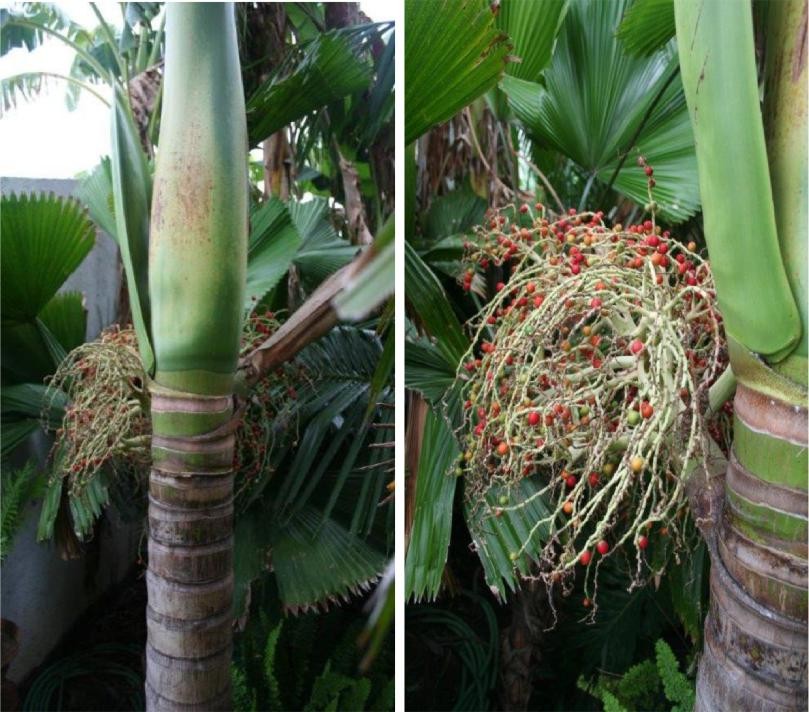By Kirby Vickery from the May 2015 Edition
Although the Conquistadors of the 1500’s would argue for gold and other hard treasure and today’s historians would argue for legumes, pepper, cocoa, or even tobacco; corn would be my vote for the greatest discovery they brought back with them. 80% of the crop in the United States goes to feeding livestock and you can’t find too many people that will turn down a hot, buttered, ear of corn either from the family dinner table or at a county fair.
There are accounts from learned people that tell us that corn came from the Inca of South American fame. Others tell of its origins from the deserts of America’s great southwest to Central America. I believe corn was picked up by Cortez and his initial group of Spaniards as they pushed inland from what is now Vera Cruz, Mexico which is where he burned his landing fleet right in the middle of Aztec land. As an avid lover of the Mexican corn tortilla and all that the Mexican people do with it, I am ever thankful for whoever tried it first and yelled out, “Eureka! The world’s perfect food and it can be grown just about everywhere.”
There are many accounts from almost all the Mesoamerican people as to the origins to corn’s discovery and use. I’m presenting two. The first is an Aztec myth taken from the Legend of the Suns and chronicled as a means to feed the new and very weak people during the early stages of the Fifth Sun. The second is a Christianized version which was written during the early days of the conquest when the monks busied themselves destroying all things Aztec and substituting Christian versions where they could.
The Aztec god’s had made and destroyed four worlds and discovered they needed a means to feed the weak humans they created in the paradise of Tamoanchan in the Fifth Sun. Their search was called off then a small red ant which was wondering by offered the human some of the corn it was carrying back from within the Mountain of Our Sustenance, also known as Tonacatéptl. The head god, Quetzacóatl happened to look down with concern for the human and saw this transaction. He also noted that the human grew stronger and so he got curious and asked the ant where it had gotten the kernels. At first the ant didn’t want to tell him but later capitulated to the additional pressure Quetzacóatl put on it. The ant informed him that the kernels of corn came from inside Tonacatéptl. So as to not to let a good  thing go by Quetzacóatl quickly became a black ant and entered this hill which was the Mountain of Our Sustenance. When he came out he gave some of the maize to the other gods. They, in turn, chewed the corn into a paste which was then placed on the lips of all the humans who immediately started becoming stronger and more alert.
thing go by Quetzacóatl quickly became a black ant and entered this hill which was the Mountain of Our Sustenance. When he came out he gave some of the maize to the other gods. They, in turn, chewed the corn into a paste which was then placed on the lips of all the humans who immediately started becoming stronger and more alert.
All the gods saw that this was good and held a meeting to decide what they were going to do about getting the corn out of the Mountain of our Sustenance. Quetzacóatl tried to tie it up with rope and drag to Tamoanchan but that didn’t go very far as it was too big and heavy. In a bid for guidance two other gods, Oxomoco and Cipactonal threw their entire share of the grain against the ground then informed the rest that only Nanàhuatl had the power to get the grain out.
The gods of rain, the Tlaoques, threw their lot in with the rest of them and helped Nanàhuatl. The four gods were colored red, white, blue and yellow. The Mountain of our Sustenance was split open with a huge stick. As it split the corn assumed the four colors of the rain gods and was all swept away onto the new earth for the new humans to sow and grow for their health and well being. [Because this second story is not Aztec but derived later I am presenting it as I have found it. Ed.]
(This Tojolabal myth from Las Margaritas in Chiapas was recovered by Antonio Hernández Jiménez.)
The discovery of corn and why the ant has a small waist…
The Virgin Mary was sitting on a stone suckling her baby, Jesus Christ. She was thoughtful, worrying about how she would sustain herself and her son. All of a sudden she noticed a movement under her stone. She saw that there were ants carrying something that neither she, nor any human, had seen before. She asked herself what it could be, and soon discovered it was corn.
She caught one of the ants and asked it to tell her from whence it had obtained the corn, but the ant would not obey her and refused to say. Consequently, the Virgin Mary announced that the ant would be sentenced to death if it did not obey her, but even then it would not say where it found the corn. She took a piece of twine and tied it around the ant’s waist and tightened it little by little but it still refused to tell her. Finally, when it felt death was imminent, it revealed its secret: the corn could be found through the fissure in a mountain that nobody but ants could fit into.
When the Virgin ate the corn she felt queasy, it didn’t do her any good. She sat on her stone once more and a thought occurred: “What if I use this stone to make lime to cook the corn with? Then it will be better for me.” She did this. As for the twine with which the ant was suffocated, it is now used as material to make nets for collecting corn cobs during harvest.
Download the full edition or view it online
—
Kirby was born in a little burg just south of El Paso, Texas called Fabens. As he understand it, they we were passing through. His history reads like a road atlas. By the time he started school, he had lived in five places in two states. By the time he started high school, that list went to five states, four countries on three continents. Then he joined the Air Force after high school and one year of college and spent 23 years stationed in eleven or twelve places and traveled all over the place doing administrative, security, and electronic things. His final stay was being in charge of Air Force Recruiting in San Diego, Imperial, and Yuma counties. Upon retirement he went back to New England as a Quality Assurance Manager in electronics manufacturing before he was moved to Production Manager for the company’s Mexico operations. He moved to the Phoenix area and finally got his education and ended up teaching. He parted with the university and moved to Whidbey Island, Washington where he was introduced to Manzanillo, Mexico. It was there that he started to publish his monthly article for the Manzanillo Sun. He currently reside in Coupeville, WA, Edmonton, AB, and Manzanillo, Colima, Mexico, depending on whose having what medical problems and the time of year. His time is spent dieting, writing his second book, various articles and short stories, and sightseeing Canada, although that seems to be limited in the winter up there.




You must be logged in to post a comment.